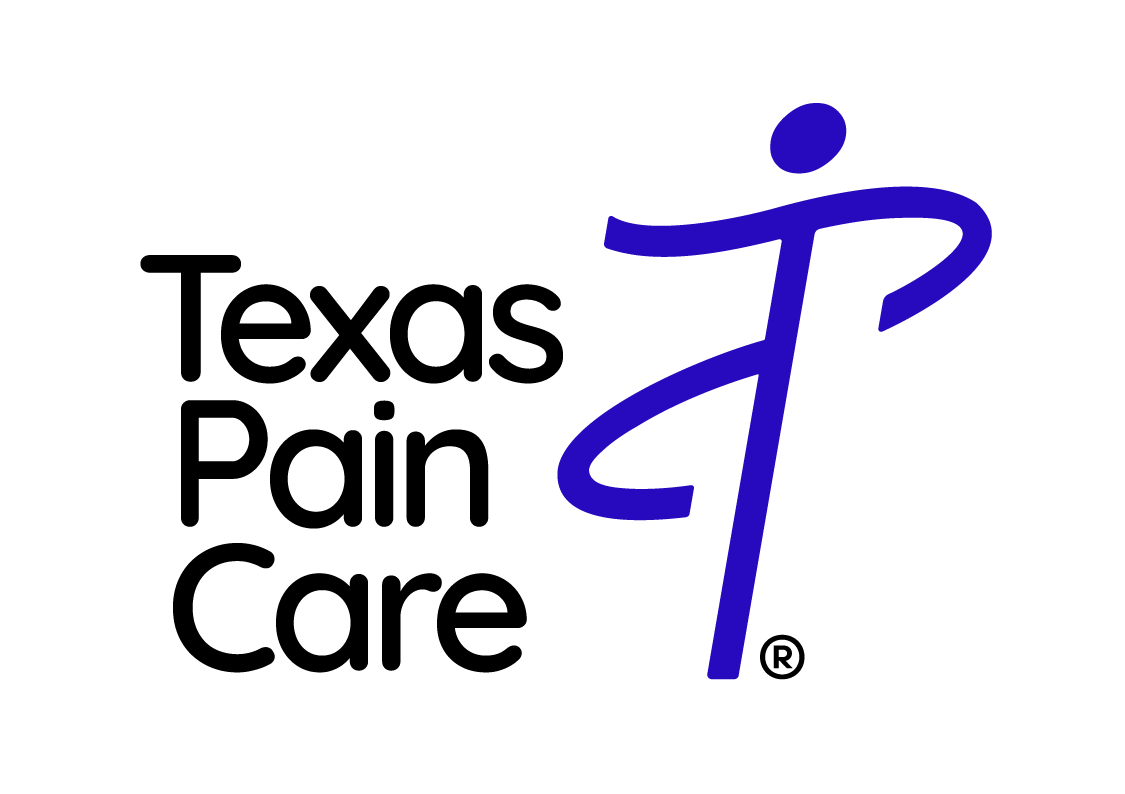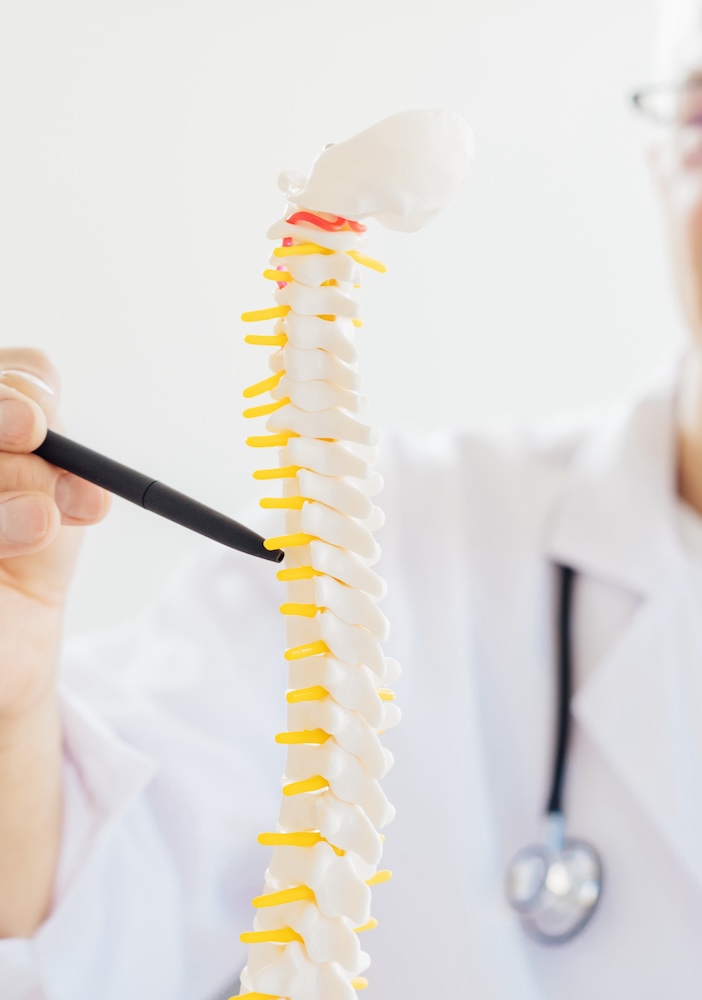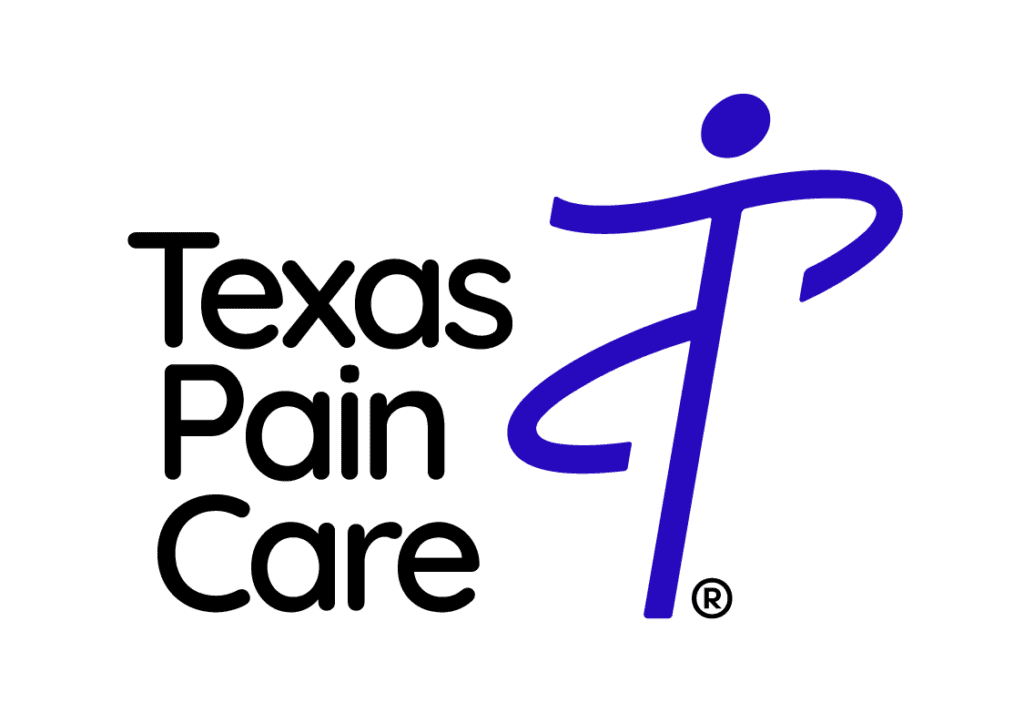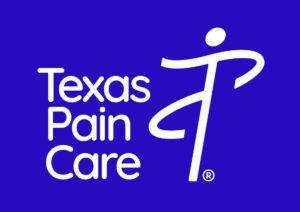
For those people living with diabetes, there’s always something to manage. Whether that be high blood sugars, low blood sugars, counting carbohydrates, working out, and minimizing additional health risks associated with diabetes and its effect on the body, there’s a lot to focus on.
